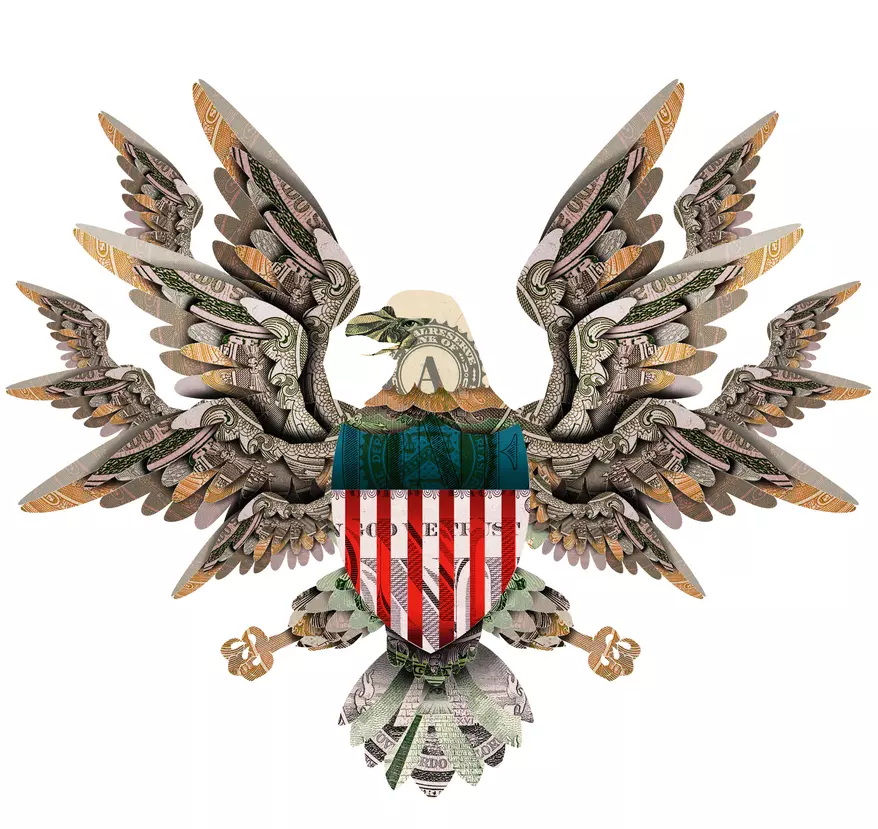GOVERNMENTS ACT TO KEEP THEIR CURRENCY MONOPOLY
If a carpenter were trying to build a house and his measuring stick (ruler) randomly changed in length from week to week, the tool would be of little use. France adopted the metric system in the 1790s to provide a coherent decimal system for measuring distance, length, volume, weight, temperature and time. It has evolved to provide the world with an International System of Units, which has been key in the global development and understanding of the physical sciences and in facilitating commerce.
Economists use “money” to measure performance and for both domestic and international comparisons of success and failure — yet the definition of money lacks the consistency of the everyday ruler, clock and scale. Money is supposed to serve as a medium of exchange, unit of account, and store of value. Many things can serve as money. The most common moneys over the last several thousand years have been metal coins, usually made of gold or silver. Promissory notes issued in China and Carthage 2,000 years ago were the first paper money, but modern-type paper bank notes were introduced by the Bank of Stockholm in the 17th century.
Since paper money was invented, there have been endless arguments about whose face or what should be on the bank notes. The U.S. has a tradition of putting dead presidents or American founders on its money. The U.K. puts the reigning monarch on its money, and China puts a mass murderer on its currency: Mao Zedong. Euro bank notes have imaginary bridges — and European Union countries are having a big argument about the design of the new euro, which is supposed to be issued in 2026. (A couple of decades ago, I served on the board of the Cayman Islands Monetary Authority, and one of its responsibilities was the design of the currency. As a British territory, it was required to have the queen of England on the currency. As the design of the bank notes was being updated, there was considerable debate on how old to make the queen look.)
Because they are inconvenient, fewer and fewer coins are used in everyday life. The use of paper currency is also rapidly declining as people use bankcards, cellphones or computers to make most of their payments. The new cryptocurrencies, including bitcoin, are all digital electronic bits by definition. The major central banks have announced that they plan to issue their own cryptocurrencies — which may be subject to manipulation. Despite the advances in payment systems, there has been no progress in making money a better store of value than it was under the gold standard.
The U.K. had been on the gold standard for the century preceding World War I, and the U.S. and many other countries followed the British lead by having some tie to the British pound and thus de facto on the gold standard, and officially so after 1900. The latter half of the 19th century was a “golden” period with most major countries on the gold standard — i.e., much of the world was, in effect, using the same currency. There were no exchange controls and few financial regulations, and investment was able to move to its highest and best use around the world. The Federal Reserve came into being in 1914. One of its responsibilities was that of managing the U.S. gold reserves to make sure they were adequate to pay anyone who wished to exchange dollars for gold.
This worked well until the Great Depression, when many foreigners demanded payment in gold, causing the Fed to have insufficient reserves. The Roosevelt administration then suspended the gold standard in 1933 and compelled the surrender of gold coins and certificates to the government. Gold clauses in contracts were abrogated, and the gold backing of the dollar was reduced. The dollar lost its last ties to gold in 1971, but the freedom to own gold in whatever form was restored. (There is always the danger that the government may once again seize privately owned gold.)
The gold standard worked well until it didn’t — because of mismanagement by the world’s governments. The 2023 dollar is worth about three-hundredths of a 1913 dollar. The lesson is that governments usually debase the currency, even when they (falsely) claim they are on the gold standard. In his 1976 book “The Denationalization of Money,” the eminent economist F.A. Hayek explained that the only hope is money produced by private entrepreneurs.
It is also apparent that certain power-mad U.S. government officials are so intent on taxing and regulating various cryptocurrencies and even digital and tradable assets (such as metals other than gold and silver) that they will also engage in questionable and likely unconstitutional actions to keep their money monopoly.
The solution is for private entrepreneurs to devise means to separate the “store of value” function of money from the “unit of account” function. This is possible in the digital age in that defining the unit of account is “information,” while numerous assets can serve as a “store of value” for money purposes, provided that they have objective market prices and are liquid, and where the title can be conveyed in a very timely and inexpensive manner.
• Richard W. Rahn is chairman of the Institute for Global Economic Growth and MCon LLC.
https://www.washingtontimes.com/news/2023/sep/11/endless-quest-for-stable-money/
© Copyright 2023 The Washington Times, LLC.
